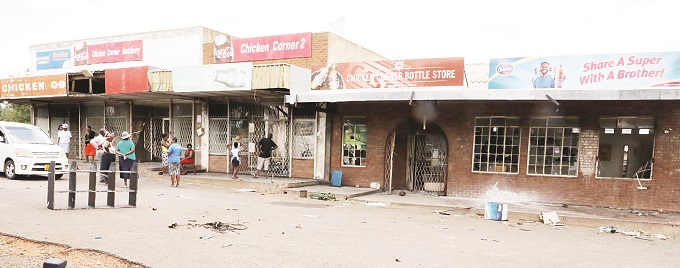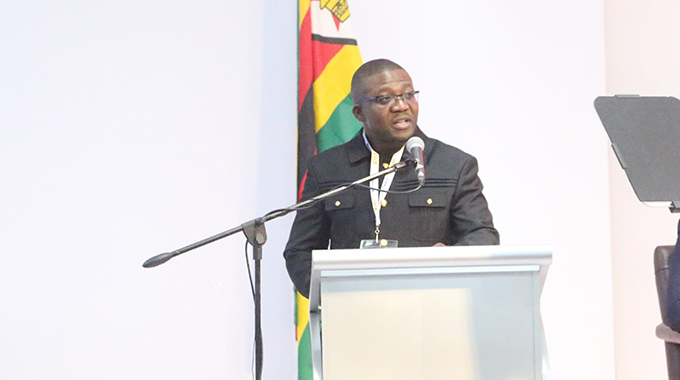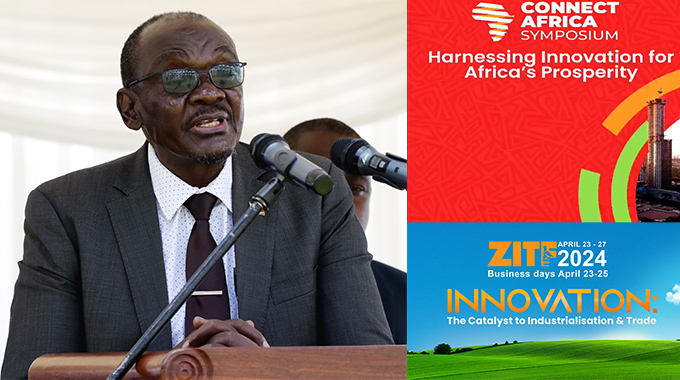Year-on-year inflation rises

Oliver Kazunga, Acting Business Editor
ZIMBABWE’s year-on-year inflation rose by 11,08 percentage points to 42,09 percent last month as price escalation continued driven by speculative parallel market rates and persistent foreign currency shortages.
Last October, Zimbabwe’s rate of inflation reached its record high since February 2009 when the country adopted a multicurrency system to reach 20,85 percent.
Zimbabwe adopted a multicurrency system to harness hyperinflation that had reached unprecedented levels between 2007 and 2008.
In its monthly report for December 2018, the Zimbabwe National Statistics Agency (ZimStat) said the year-on-year inflation rate (annual percentage change) as measured by the all items Consumer Price Index (CPI) stood at 42,09 percent, gaining 11,08 percentage points on the November 2018 rate of 31,01.
“The year-on-year inflation rate (annual percentage change) for the month of December 2018 as measured by the all items Consumer Price Index (CPI) stood at 42,09 percent, gaining 11,08 percentage points on the November 2018 rate of 31,01 percent.
“This means that prices as measured by the all items CPI increased by an average of 42,09 percent between December 2017 and December 2018,” said Zimstat.
The agency also reported that the month-on-month inflation rate in December 2018 was 9,03 percent shedding 0,17 percentage points on the November 2018 rate of 9,20 percent.
“This means that prices as measured by all the items CPI increased by an average rate of 9.03 percent from November 2018 to December 2018,” it said.
During the period under review, year-on-year food and non alcoholic beverages inflation prone to transitory shocks stood at 53,68 percent while the non-food inflation rate was 36,48 percent.
The month-on-month food and non-alcoholic beverages inflation rate stood at 9,07 percent in December 2018, shedding 5,46 percentage points on the November 2018 rate of 14,53 percent.
The month-on-month non-food inflation rate stood at 9,01 percent, gaining 2,51 percentage points on the November 2018 rate of 6,50 percent.
Economic analysts have pointed out that the country’s rate of inflation was experiencing an upward spiral trajectory largely compounded by parallel market forces.
The analysts have urged the Government to take measures to control inflation.
Towards the end of last year, Finance and Economic Development Minister Professor Mthuli Ncube launched the Transitional Stabilisation Programme aimed at setting the economy on a recovery path after years of stagnation.
The economic stabilisation programme runs between now and December 2020.
Over the weekend, the Government increased fuel price from an average of $1,37 a litre to $3,31 a litre of petrol and diesel $3,11 with a view to ensuring viability of the petroleum sector.
In a bid to contain inflationary pressures caused by the recent fuel price adjustments, Prof Ncube this week announced that the Government was also providing relief through refund of excise duty on fuel consumed by enterprises in the manufacturing, mining, agriculture and transport sectors. — @okazunga












Comments